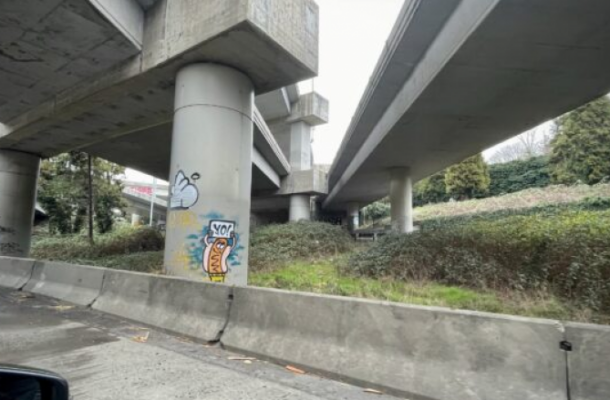Washington pioneers the use of drones to tackle graffiti vandalism, as Governor Jay Inslee signs a bill to launch a pilot program. Explore how drone technology aims to curb graffiti-related costs and enhance surveillance efforts across key areas.
Introduction: In a bid to combat the persistent scourge of graffiti vandalism, Washington state takes a pioneering step by harnessing drone technology. Governor Jay Inslee's recent approval of a groundbreaking pilot program signifies a paradigm shift in tackling urban blight. With drones poised to play a pivotal role in graffiti removal and surveillance, Washington embarks on a high-tech endeavor to safeguard its public spaces.
Unveiling the Drone Initiative: Targeting Graffiti Hotspots Washington's innovative approach to tackling graffiti extends beyond conventional methods, as drones emerge as the latest weapon in the battle against urban defacement. The state's decision to deploy drones underscores its commitment to leveraging technology for social good.
A Multifaceted Strategy: From Firefighting to Graffiti Eradication While Washington is no stranger to employing drones for firefighting and law enforcement purposes, the integration of drone technology into graffiti mitigation represents a novel application. By expanding the scope of drone usage, the state aims to address diverse challenges plaguing urban landscapes.
Economic Toll of Graffiti Vandalism: A Call to Action The staggering financial burden inflicted by graffiti vandalism necessitates urgent intervention. With expenditures exceeding $1.4 million over a two-year period solely for graffiti removal, the economic repercussions are undeniable. Highway signs, bearing the brunt of vandalism, incur additional costs ranging from $40,000 to $50,000, underscoring the need for proactive measures.
Legislative Imperatives: Mandating Surveillance and Deterrence In tandem with the drone initiative, legislative reforms underscore Washington's resolve to combat graffiti vandalism comprehensively. The mandate for deploying cameras to deter and apprehend vandals reflects a holistic approach to law enforcement and public safety. By bolstering surveillance efforts, the state aims to curtail graffiti-related offenses and hold perpetrators accountable.
Strategic Focus Areas: Interstate Vigilance Washington Department of Transportation (WSDOT) sets its sights on key thoroughfares, prioritizing surveillance along Interstate 5 from Tacoma to Seattle and the northern Spokane corridor. By concentrating efforts on high-traffic zones, authorities aim to maximize the impact of the drone initiative and minimize graffiti proliferation.
Empowering Communities: Collaborative Solutions Beyond technological innovations, Washington emphasizes community engagement as a cornerstone of its anti-graffiti campaign. By fostering partnerships between government agencies, law enforcement, and local communities, the state endeavors to cultivate a collective sense of ownership and vigilance against vandalism.
In conclusion, Washington's adoption of drone technology heralds a new era in the fight against graffiti vandalism. Through strategic deployment, legislative support, and community collaboration, the state endeavors to reclaim its public spaces from the blight of urban defacement. As drones take flight to surveil and sanitize graffiti-stricken areas, Washington exemplifies a proactive approach towards preserving its societal fabric


Comments